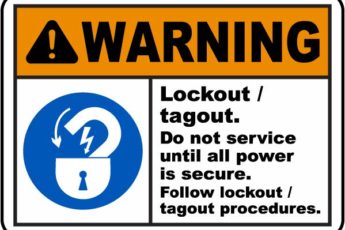By Ruth Kiefer, IH, ARM, Vice President of Loss Control
The year end is fast approaching and once again we will be addressing your record keeping questions for the next few months to come. MiOSHA requires that all recordable injuries be logged onto the MIOSHA Form 300 throughout the year, and when it comes to determining how many days away from work should you be logging on the form always results in questions. To better prepare you in completing the MiOSHA Form 300, let us review some of the most common questions regarding days away from work. Over the years, the questions below, have been some of our most common questions to date that we seem to get every year.
(1) How do I record a work-related injury or illness that results in days away from work?
When an injury or illness involves 1 or more days away from work, you must record the injury or illness on the MIOSHA 300 Log with a check mark in the space for cases involving days away and an entry of the number of calendar days away from work in the number of days column. If the employee is out for an extended period of time, you must enter an estimate of the days that the employee will be away, and update the day count when the actual number of days is known.
(more…)






























